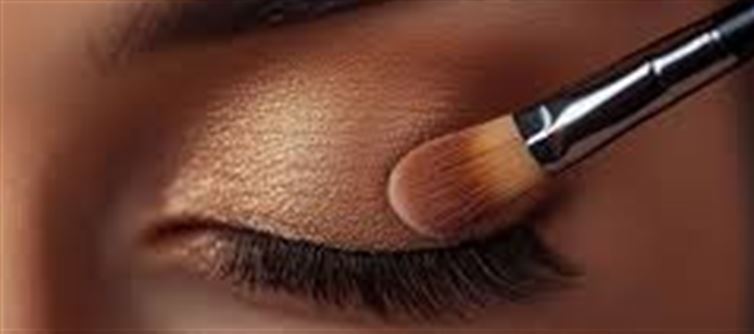
Choosing an eyeshadow palette can feel overwhelming, especially with so many shades, finishes, and textures available. But the secret to a flawless look is picking colors that complement your skin tone. Here’s a simple guide for beginners to make the right choice.
1. Know Your Skin Tone
Before choosing any palette, identify your skin tone. Broadly, skin tones fall into three categories:
· Fair: Light ivory, porcelain, or peach undertones.
· Medium: Beige, golden, or olive undertones.
· Deep: Rich brown, caramel, or mahogany undertones.
Knowing your base tone helps you pick shades that enhance your natural beauty rather than clash.
2. Identify Your Undertone
Undertones are the subtle hues beneath your skin:
· Cool Undertones: Pink, red, or blue hues.
· Warm Undertones: Yellow, golden, or peachy hues.
· Neutral Undertones: A balance of both warm and cool.
Eyeshadow shades that match your undertone make your eyes pop naturally.
3. Fair Skin Tips
For fair skin, soft and muted shades work best:
· Neutrals: Champagne, soft browns, and taupe.
· Pastels: Peach, lavender, and baby pink.
· Avoid: Dark, harsh colors that can overpower delicate features.
4. Medium Skin Tips
Medium skin tones can experiment with warm, bold shades:
· Earthy Tones: Copper, bronze, and warm browns.
· Vibrant Shades: Plum, gold, and rich greens.
· Avoid: Very pale shades that may look ashy.
5. Deep Skin Tips
Deep skin tones can carry rich, bold shades beautifully:
· Jewel Tones: Emerald, sapphire, and deep purple.
· Metallics: gold, bronze, and rose gold shimmer.
· Avoid: Light pastel shades that may not show up vividly.
6. Consider Matte vs Shimmer
· Matte Shades: Perfect for everyday, work, or subtle looks.
· Shimmer & Metallic: Ideal for evening parties or festive looks.
· Blend Both: Most palettes have a mix—use shimmer on the eyelid and matte in the crease.
7. Test Before You Buy
If possible, swatch the eyeshadow on your wrist or hand. This helps you see how the color reacts with your undertone and skin tone in natural light.
Quick Tip
Start small with a versatile palette containing 4–6 shades before investing in a larger one. This ensures you experiment safely and discover what complements you best.
Disclaimer:
The views and opinions expressed in this article are those of the author and do not necessarily reflect the official policy or position of any agency, organization, employer, or company. All information provided is for general informational purposes only. While every effort has been made to ensure accuracy, we make no representations or warranties of any kind, express or implied, about the completeness, reliability, or suitability of the information contained herein. Readers are advised to verify facts and seek professional advice where necessary. Any reliance placed on such information is strictly at the reader’s own risk..jpg)




 click and follow Indiaherald WhatsApp channel
click and follow Indiaherald WhatsApp channel